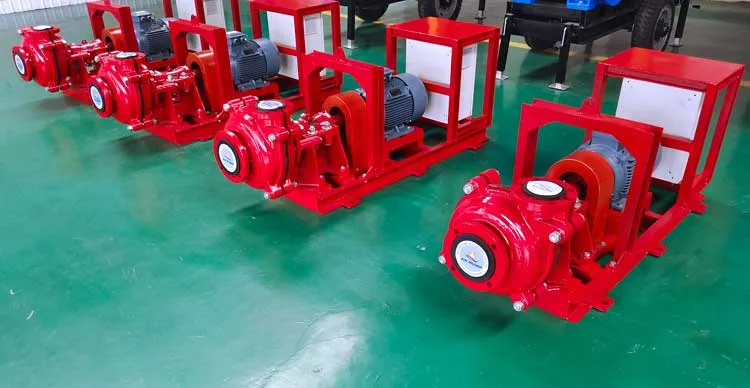The Unsung Heroes of Industrial Pressure: Why Haskel Pumps Transform Modern Manufacturing

The Haskel pump stands as a testament to human ingenuity in the face of industrial challenges, quietly revolutionising manufacturing processes across the globe whilst remaining largely unknown to those outside specialised technical circles. Like many technological innovations born from the crucible of post-war industrial expansion, these remarkable pressure devices emerged as solutions to the growing demands of industries requiring unprecedented levels of hydraulic and pneumatic force. Their development parallels the broader narrative of late 20th century industrial advancement—where efficiency, reliability, and precision became the new currency of global manufacturing superiority.
The Historical Evolution of Pressure Technology
To understand the significance of these specialised pumps is to comprehend the historical trajectory of high-pressure technology itself. The mid-20th century witnessed a dramatic transformation in industrial capabilities, with manufacturing processes demanding ever-increasing pressure thresholds that conventional pumps simply could not achieve. This technological gap gave birth to the air-driven hydraulic pump systems that would eventually become the standard in high-pressure applications.
The evolution of these pumps reflects a particular historical irony: their development coincided with the very moment when Western manufacturing began its complicated relationship with globalisation—the technology that would enable precision manufacturing was emerging just as production itself was becoming increasingly distributed across global supply chains.
Technical Brilliance in Design
What distinguishes these high-pressure marvels from conventional pumps is their ingenious air-driven mechanism. Unlike electric-powered alternatives, these pumps harness pneumatic force through a remarkably simple yet effective principle:
- Air pressure drives a larger piston, which connects to a smaller hydraulic piston
- This creates a multiplication effect—the ratio between piston areas determines pressure amplification
- Pressures exceeding 7,000 bar can be achieved in specialised models
- The absence of electrical components makes them intrinsically safe for explosive environments
As one Singapore-based pressure systems engineer notes, “The brilliance lies in the elegant simplicity. There’s a certain mathematical poetry in how these pumps achieve such extraordinary pressures through basic physical principles of area ratios.”
Global Applications Across Critical Industries
The footprint of these specialised pumps extends across nearly every critical industry where high pressure becomes the essential ingredient for precision and reliability. From the depths of offshore oil platforms to the controlled environments of aerospace testing facilities, these pumps form the circulatory system of modern industrial processes.
In aerospace, they enable the testing of components that must withstand extraordinary stresses during flight. In oil and gas, they facilitate the controlled injection of fluids at precise pressures. In manufacturing, they power hydraulic processes requiring uncompromising accuracy.
The Singapore Connection: A Microcosm of Industrial Adaptation
Singapore’s relationship with these high-pressure systems offers a fascinating window into the broader patterns of industrial adaptation in Southeast Asia. As a Singapore hydraulic systems consultant observes: “What we’ve witnessed here mirrors the global trajectory—the adoption of these pumps coincided with our transition from labour-intensive manufacturing to high-precision industries requiring sophisticated pressure technology.”
The city-state’s strategic position as a maritime hub further amplified the importance of reliable pressure systems:
- Essential components in shipyard operations for testing and maintenance
- Critical infrastructure in Singapore’s oil and gas processing facilities
- Integral to the precision manufacturing that defines Singapore’s industrial evolution
- Vital to water treatment and desalination processes supplying the island nation
Technical Advantages That Transcend Conventional Limitations
The enduring presence of these pumps in critical applications stems from their substantial advantages over conventional pressure systems:
- Intrinsic safety in explosive environments due to air-driven operation
- Exceptional reliability through mechanical simplicity
- Self-regulating pressure control without complex electronic systems
- Capability to achieve standby conditions with zero energy consumption
- Remarkable longevity under proper maintenance regimes
Looking Toward Future Innovations
The trajectory of high-pressure technology continues to evolve, with contemporary innovations focusing on efficiency improvements, material advancements, and integration with digital monitoring systems. Yet perhaps most remarkable is how the fundamental design principles have remained largely unchanged—a testament to the exceptional engineering that defined their original conception.
As industries continue their march toward greater precision, higher pressures, and more demanding operational environments, these specialist pumps adapt through incremental refinements rather than revolutionary redesigns. This evolutionary path speaks to the fundamental soundness of their core engineering principles.
In examining the historical arc of industrial pressure technology, we witness not merely a story of mechanical innovation, but a reflection of broader economic transformations—from post-war industrial expansion to globalised manufacturing networks. Through all these transitions, the reliable operation of these precision pressure devices continues to underpin critical processes across continents, industries, and applications, including the increasingly sophisticated operations of pompa Haskel.











